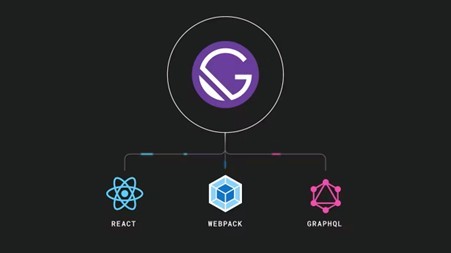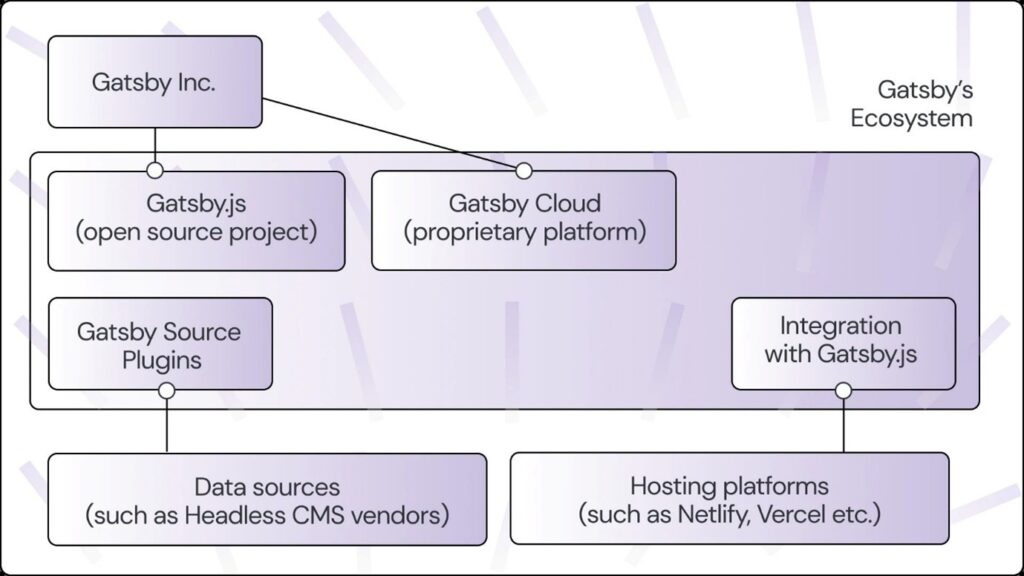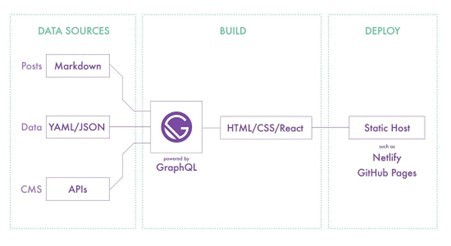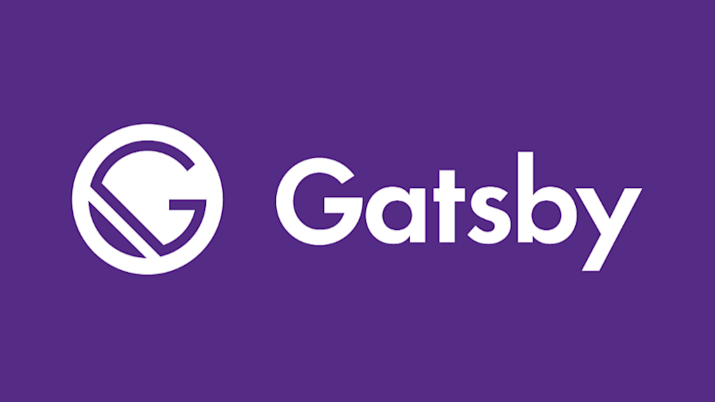
Creating High-quality web experiences that drive shoppers to make purchasing decisions is no easy feat.
With an abundance of tools available, ensuring seamless integration is a significant challenge. While there are numerous powerful e-commerce APIs and services, bringing them together often results in fragmented sites that fail to deliver an optimal customer journey.
That’s where Gatsby JS steps in. Gatsby is an open-source framework that combines functionality from React, GraphQL, and Webpack into a single tool for building static websites and apps. The result? A streamlined e-commerce experience that delights customers and boosts conversions.
What is Gatsby?
From a technical standpoint, Gatsby is an open-source static site generator (SSG) built on React. It leverages Webpack and GraphQL to create modern, high-performance websites. Gatsby enables developers to build static sites that are progressive web apps, adhere to the latest web standards, and prioritize speed and security.
Gatsby sites operate on Jamstack architecture, which relies on JavaScript, APIs, and pre-rendered HTML rather than traditional server-side programming or databases. This approach allows these sites to be hosted on object storage services or CDNs, resulting in faster load times, simpler hosting solutions, and more streamlined development.
Multiple Rendering Options
Static Site Generator (SSG)
Gatsby’s SSG offers a modern alternative to traditional database-driven CMS platforms like WordPress or Drupal. By fetching data as JSON via GraphQL, Gatsby compiles it into static HTML files that are deployed directly to a server. This eliminates the latency issues often associated with database-powered websites, resulting in faster, more reliable performance.
Deferred Static Generation (DSG)
DSG provides a smarter way to manage page generation, enabling developers to prioritize critical pages during the build process while deferring less frequently accessed pages. These deferred pages are only generated when first visited by a user, making it an excellent solution for large, content-heavy sites that need to optimize build times without sacrificing user experience.
Server-Side Rendering (SSR)
SSR generates fully rendered pages on the server at the time of a user request, delivering content dynamically. While SSG and DSG are usually more efficient, SSR is ideal for scenarios requiring personalized or location-specific content, such as user dashboards or region-based recommendations. It ensures that dynamic content is delivered seamlessly without compromising performance.

How does GatsbyJs work?
What sets Gatsby.js apart is its unique approach to handling data. Since Gatsby.js operates without a server, the data can originate from various sources, such as markdown files, CSV, JSON, or even external platforms like Netlify CMS, Medium, or CMS solutions like Drupal and WordPress. This flexibility is made possible through Gatsby.js’s powerful plugin architecture, which proves to be incredibly useful as we dive deeper into its capabilities.

Key Use Cases for Gatsby
While Gatsby’s potential continues to grow, here are three notable use cases, including a commerce-specific application in headless e-commerce.
1. Building Static Sites with a Headless CMS
For simple, fast, and reliable static websites that serve HTML, JavaScript, and CSS, Gatsby is an ideal choice. It dynamically generates pages using data from third-party sources and rebuilds the site only when content changes, ensuring efficiency and reduced downtime during updates.
2. Developing Progressive Web Apps (PWAs)
Gatsby offers a near-native PWA experience by pre-rendering sites, eliminating the need for server-side code or databases. Once the initial load is complete, React takes over to provide an app-like browsing experience. Built-in optimizations, such as code-splitting, lazy-loaded routes, pre-fetching key assets, and inlining critical CSS, further enhance performance and usability.
3. Creating Headless e-commerce Websites
With its content mesh architecture, Gatsby is an excellent fit for headless e-commerce platforms. This approach offers unmatched flexibility, enabling businesses to deliver content seamlessly across various channels. Gatsby’s integration with headless CMS solutions and APIs makes it an ideal choice for building high-performing, scalable e-commerce sites.
Gatsby JS Examples of Websites
- Figma
- Nike
- Airbnb Engineering
- Digital Ocean
- Hasura
- Impossible Foods
- Send Grid
The Bottom Line
Gatsby is gaining traction among e-commerce developers thanks to its React-based framework and strong community support. Its flexibility, extensibility, and compatibility with modern headless CMSs make it a powerful choice for meeting diverse development needs.
Gatsby’s Static Site Generator (SSG) integrates effortlessly with platforms like BigCommerce, enabling the creation of fast, reliable storefronts that streamline the shopping experience. By combining BigCommerce features like CatLog, Cart, and Checkout with APIs such as Stripe, Gatsby delivers a unified platform that caters to user expectations, enhancing both performance and usability.









